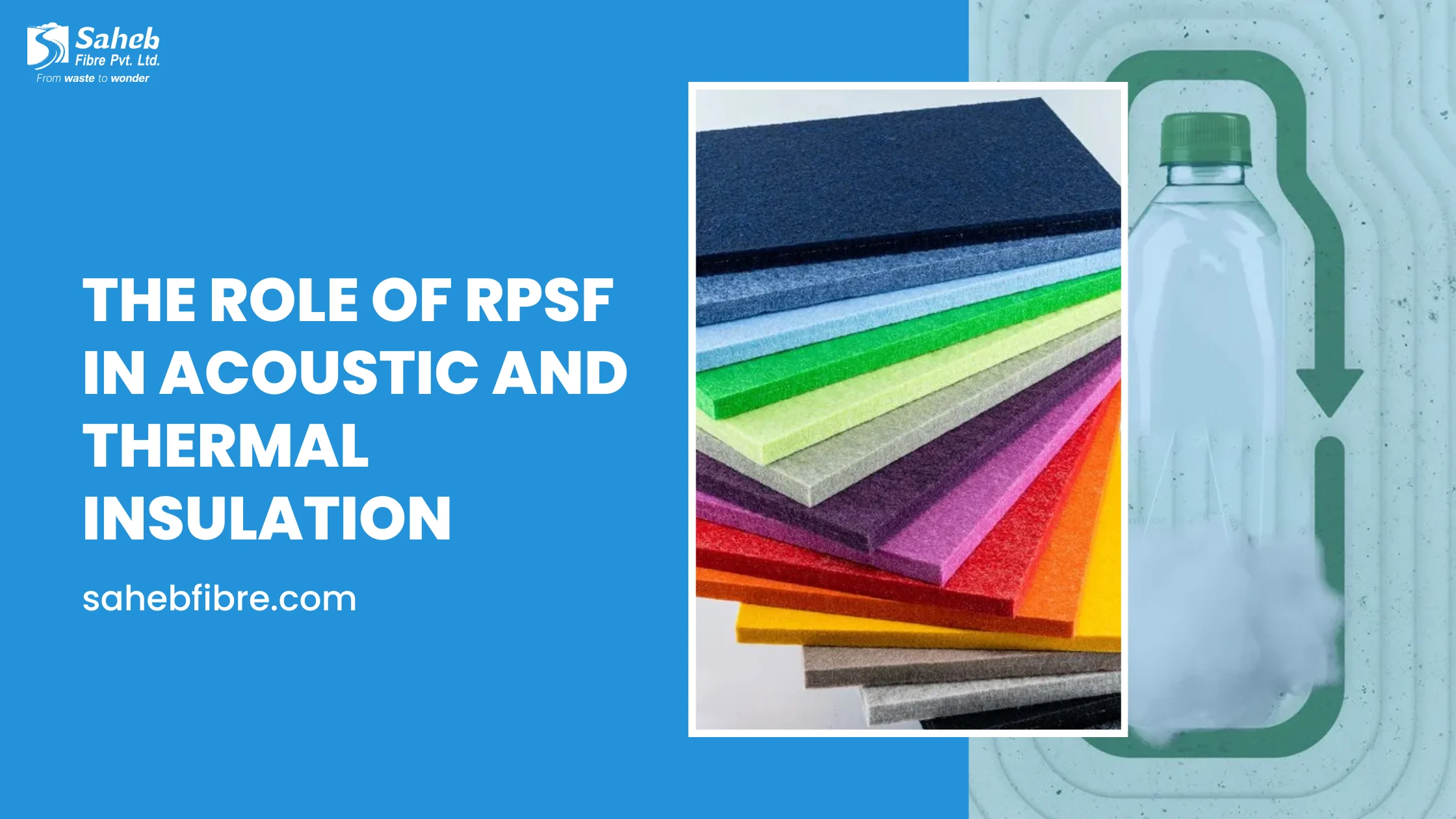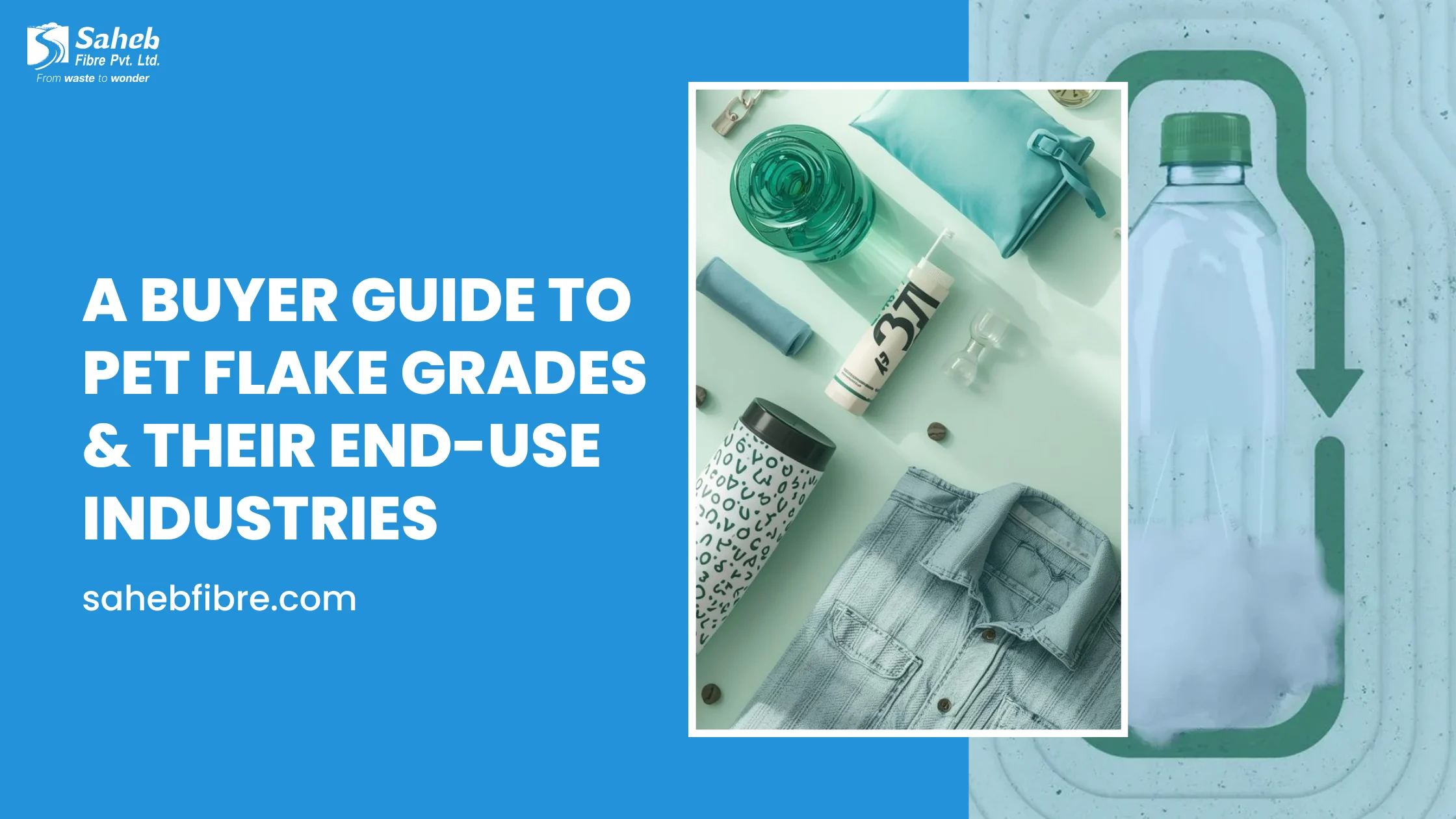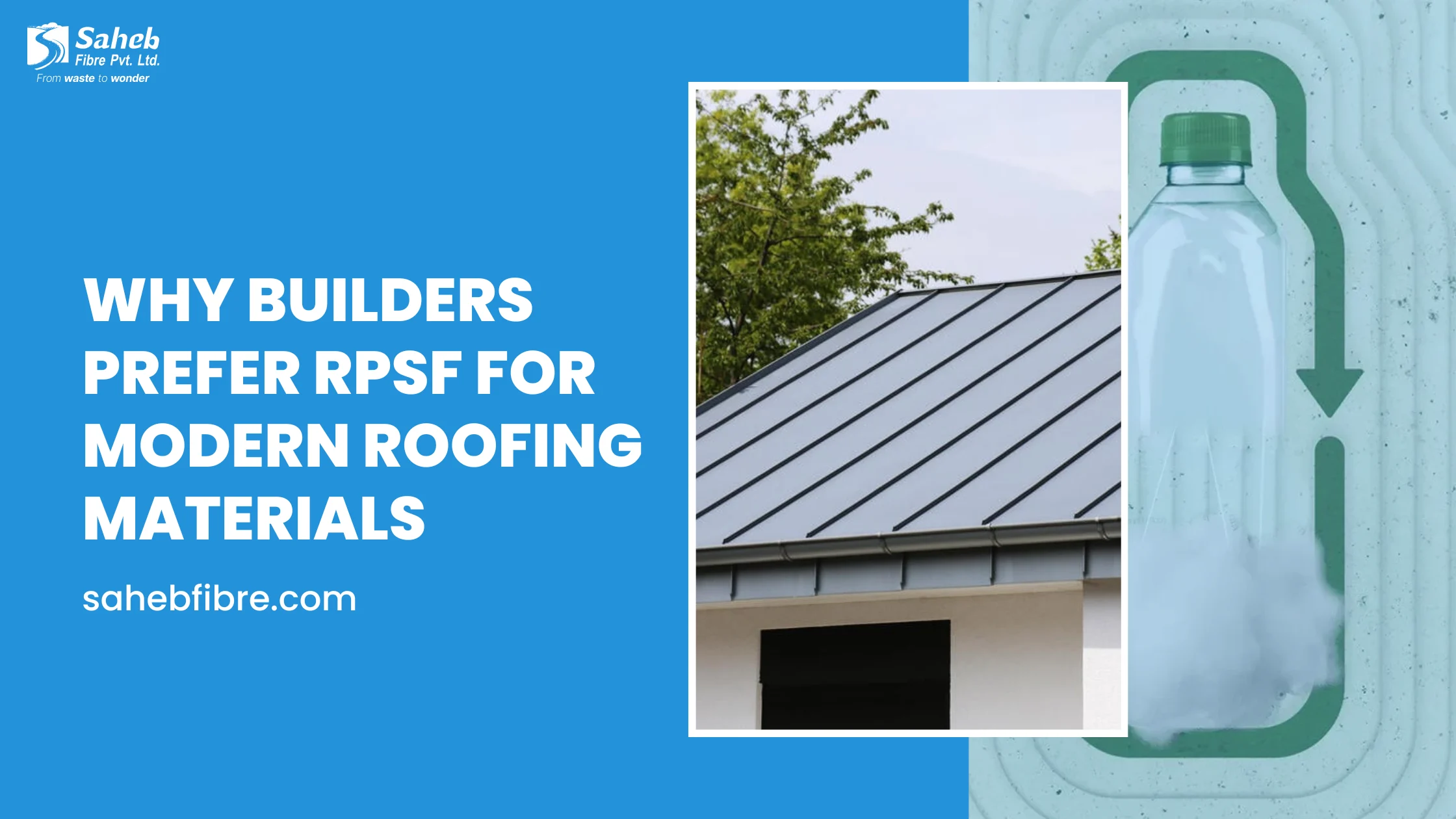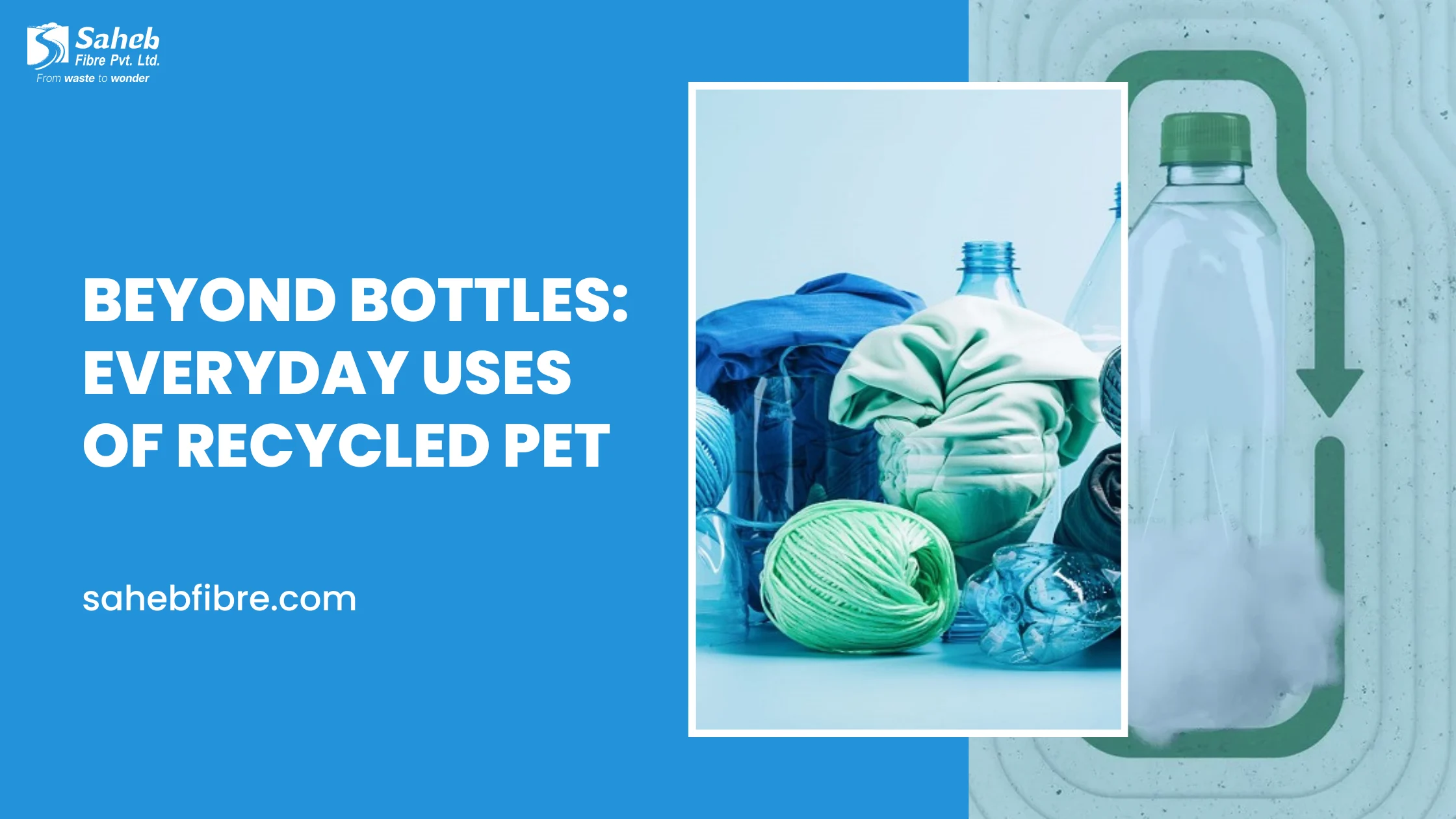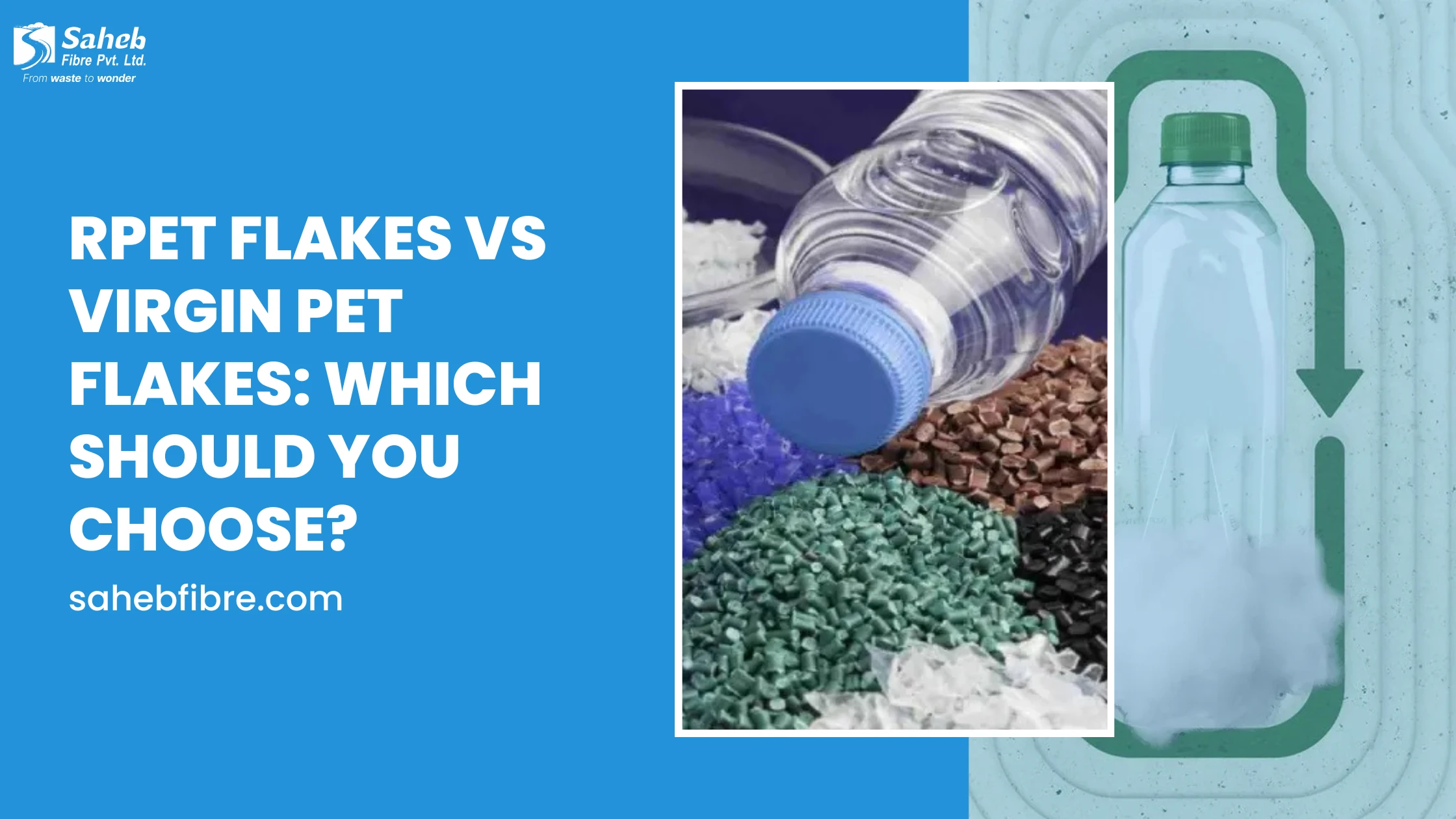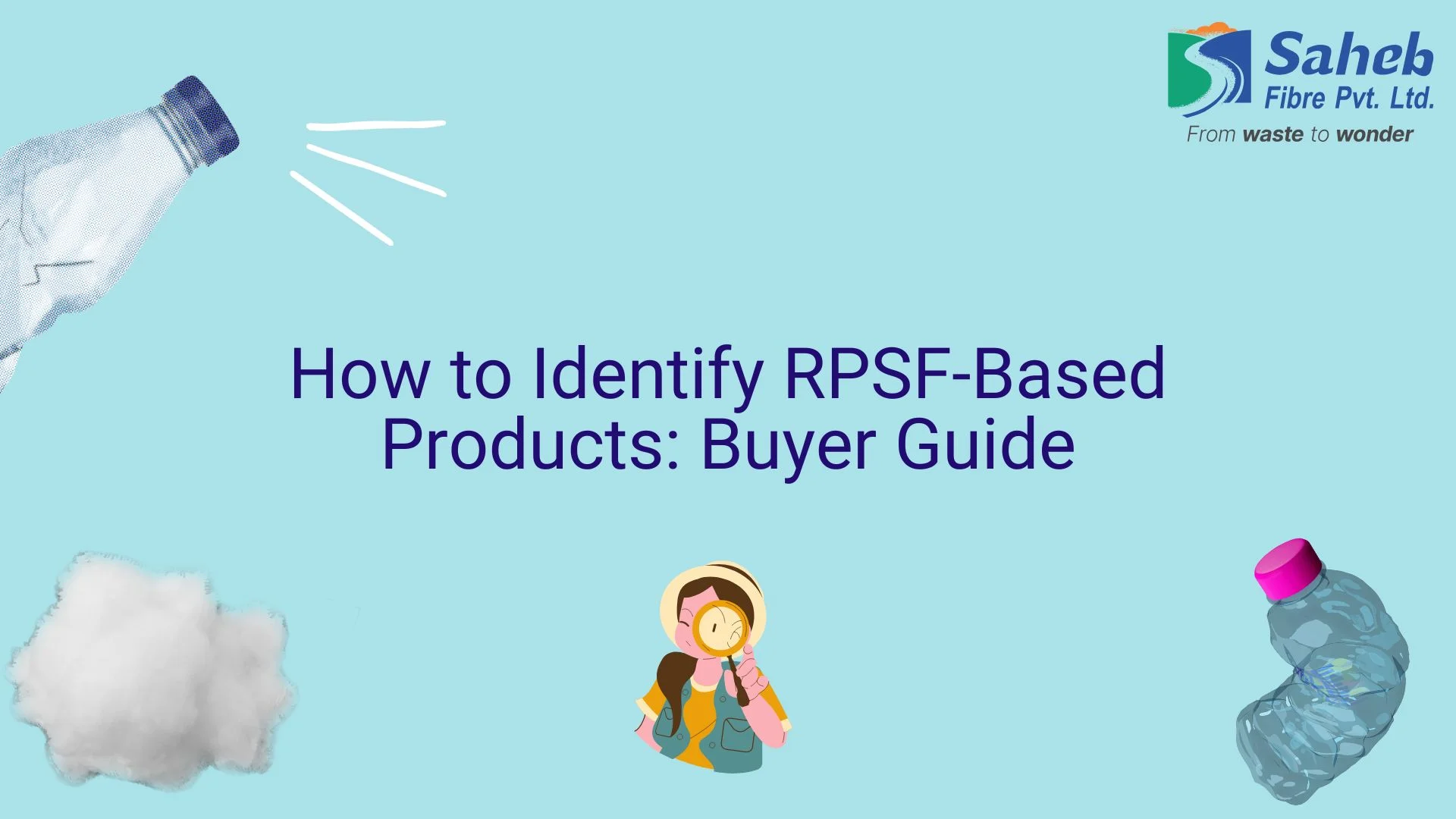
p>Recycled Polyester Staple Fiber (RPSF) is less than an eco-friendly alternative to virgin polyester in the textile, automotive, construction, and furniture industries. To source RPSF-based products, if you can put your hands on the right products, then you need to know how to identify them right so that you can get quality, life span and appropriate sustainability. This guide will assist buyers to understand what a RPSF based product is and how to purchase it, considering the components it consists of.
What is RPSF(Recycled Polyester Staple Fibre)?
RPSF is made from post-consumer PET bottles, industrial polyester waste, and other types of recycled polyester material. This is sustainable as it reduces plastic waste but also offers good performance in many applications. RPSF is sold by the machine to suit the requirements of the industrial needs available in several deniers, cut lengths and colors.
Key Characteristics of RPSF-Based Products
To identify RPSF-based products, look for the following characteristics:
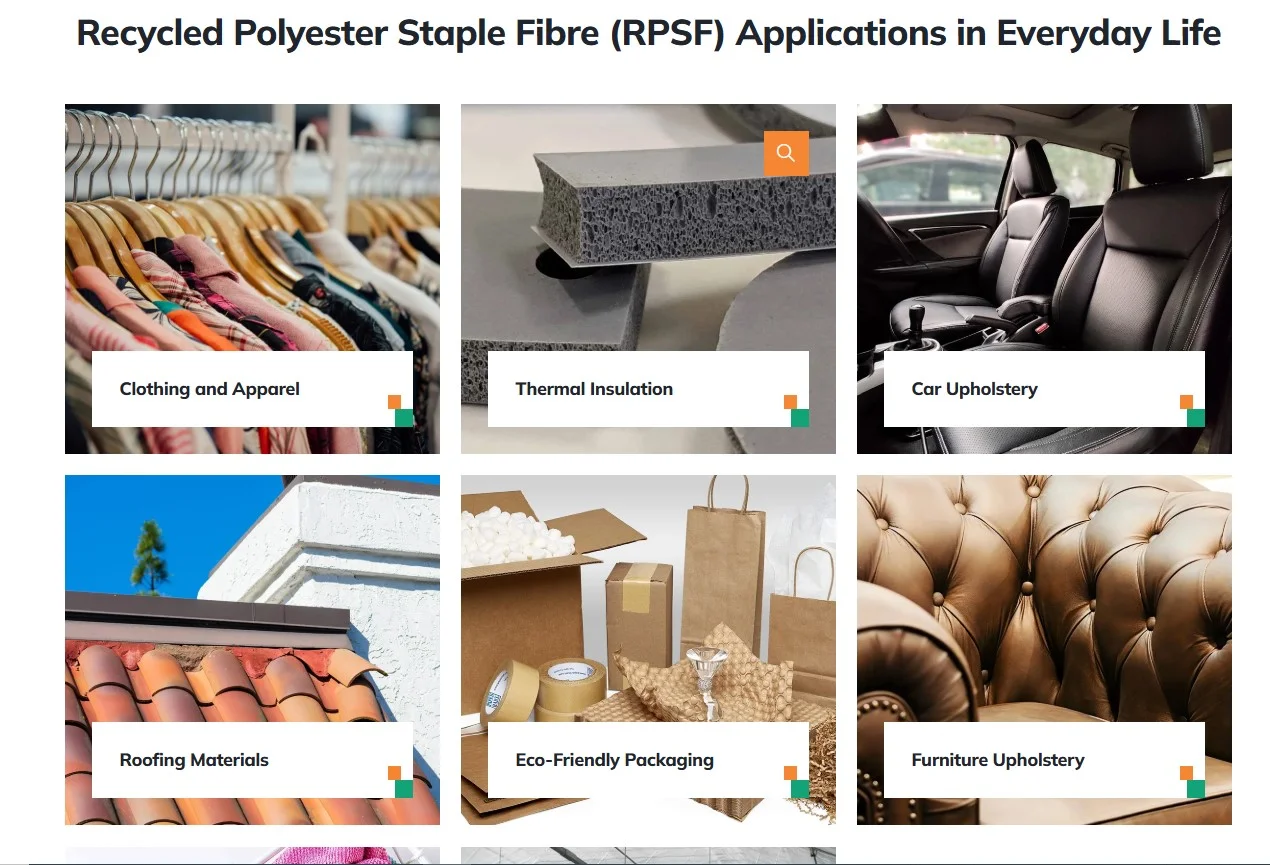
1. Material Composition
-
RPSF-based products have recycled polyester fibers rather than virgin polyester which makes it a sustainable and cost-effective solution.
-
However, descriptions or technical data sheets will confirm the use of recycled content on the check of product labels. The percentage of recycled materials used in a manufacturer’s product is often indicated.
-
RPSF of high quality should have similar durability, strength and resilience as virgin polyester. Nevertheless, some minor differences can be seen because of the recycling process.
2. Appearance and Texture
The fibers may have a slight color difference since they are recycled. This is because unlike virgin polyester, which might come from waste plastic bottles, it’s also made from colored PET bottles, some of which are recycled.
Smooth fiber is usually the case for the fiber unless it is coarser than virgin polyester fiber. Some of the premium-grade RPSF fibers are also processed to get the same softness and flexibility as virgin fibers.
Some RPSF-based products come in blended fibers with various textures and finishes. Blended products such as these further improve durability and add traits like improved thermal resistance or elasticity.
3. Eco-Certifications and Labels
Search for certificates that use GRS (Global Recycled Standard) and ISO 9001, that show adherence to environmental and quality standards. These certifications ensure that the bought fiber is truly recycled and fulfill global sustainability standards.
RPSF can also be products labeled as ‘Recycled Polyester’ or ‘Eco Friendly Polyester’. Clothing, home furnishings, as well as any industrial textiles you may own might have such labels on them.
Recycled content percentages that some manufacturers provide can be aimed at least 50% RPSF in the product to achieve the highest level of sustainability.
4. Testing Methods for RPSF Identification
If you’re unsure about a product’s authenticity, consider these testing methods:
Burn Test

-
RPSF burns with black smoke and a chemical odor, similar to plastic. This is because it is derived from PET plastics.
-
Virgin polyester also burns off less black smoke and its odor is different. Only recycled products that already originated as virgin products should provide similar burn test results if a product claims to be recycled.
Density and Strength Test

-
The tensile strength of virgin polyester is not necessarily the same as that of RPSF fibers. Reprocessed fibers may be less elastic due to the reprocessing stage.
-
Tensile strength and elongation percentages are given in technical data sheets provided by the manufacturers. All these properties are guaranteed to meet your specific industrial requirements.
UV Resistance and Colorfastness

-
Typically, RPSF fibers have good UV resistance except for slight variations with respect to virgin fibers. The polyester is high-quality recycled polyester and it is treated to increase the UV protection.
-
To check for colorfastness properties, some RPSF products may fade slightly faster than virgin fibers, depending on whether or not they are treated with UV stabilizers.
5. Applications of RPSF-Based Products
Identifying RPSF-based products also depends on their common applications:
-
Textile Industry – Used in making non-woven fabrics, and padding for jackets, carpets, and upholstery. These products benefit from RPSF’s lightweight and insulating properties.
-
Automotive Sector – Found in car seat cushions, headliners, and insulation materials. RPSF’s durability and shock-absorbing features make it ideal for the automotive industry.
-
Furniture and Bedding – Utilized in pillows, cushions, blankets and mattress fillings. RPSF fibers provide softness and resilience, ensuring long-lasting comfort.
-
Construction & Geotextiles – Used in insulation, roofing materials, and geotextile fabrics. RPSF’s strength and resistance to environmental factors make it suitable for heavy-duty applications.
6. Reliable Sources for Buying RPSF-Based Products
-
Certified Manufacturers – Buy from companies that make it clear where your recycled fibers come from, via the certification provided by Certified Manufacturers. Traceability guarantees that what you buy is truly recycled fiber of a certain quality.
-
Verified Suppliers – Choose suppliers with sustainability certifications and positive customer feedback. As they are reputable the suppliers maintain high production standards and have consistent quality.
-
Request for Samples – Request samples for the product and check for quality before bulk order. Tests for strength, elasticity and chemical composition can be conducted in the lab and help confirm authenticity.
Saheb Fibre – A Leading RPSF and Colored RPSF Manufacturer and Supplier
Saheb Fibre is one of the famous suppliers of Recycled Polyester Staple Fiber (RPSF), Colored RPSF, etc. Saheb Fibre commits itself to sustainability and quality in producing a high level of RPSF for textiles, automotive, construction, and so on in industrial uses.
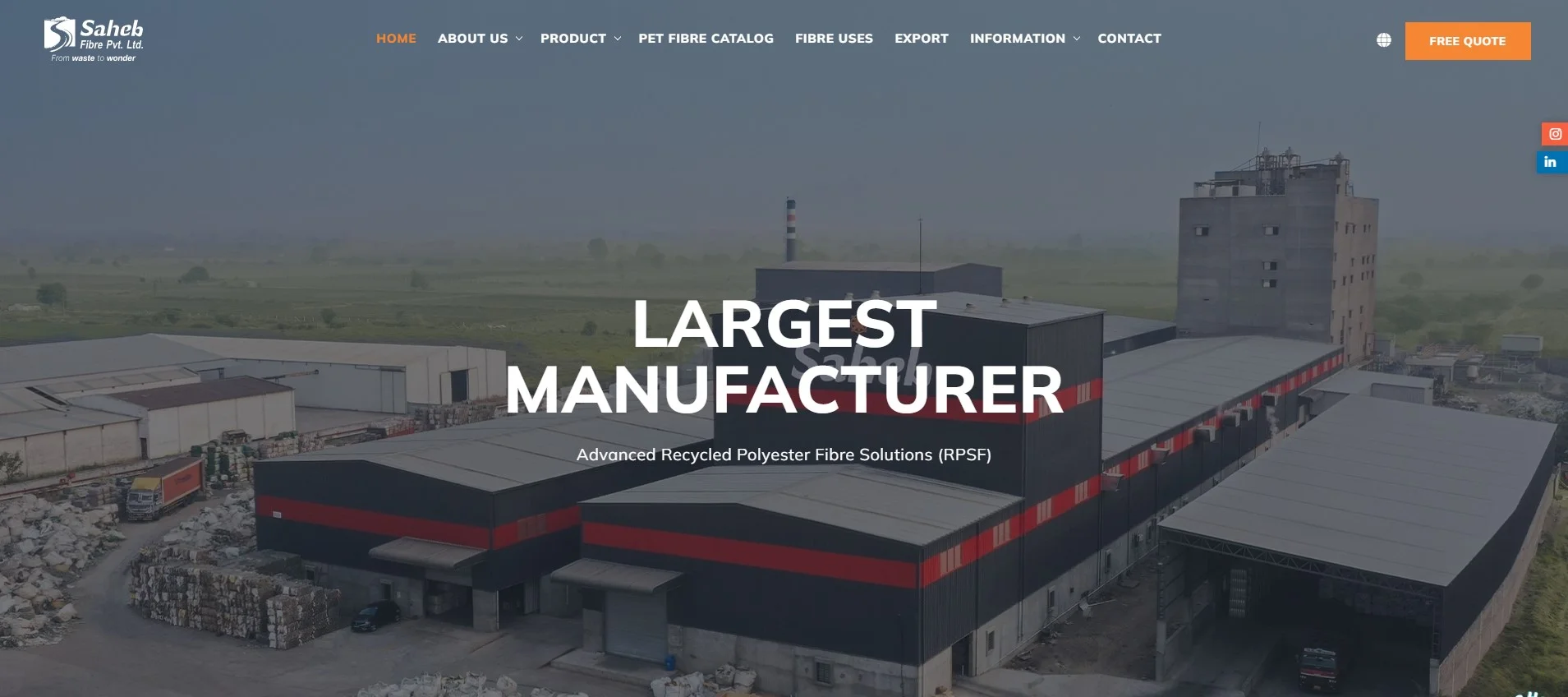
Why Choose Saheb Fibre?
-
Premium Quality RPSF – Made with the highest level of recycling technology available to protect you and your house from the slide.
-
Wide Range of Colors & Specifications – RPSF comes in a wide range of colors & denier specifications for meeting different industry requirements.
-
Eco-Friendly & Certified – The GRS, OEKO TEX and ISO 9001 certified standards indicate sustainable sourcing and production.
-
Reliable Global Supplier – An RPSF fibre supplier with high quality and well-delivered for many industries in the world.
Saheb Fibre’s Product Range
-
Pearl White (RPSF) – Ideal for textile and upholstery applications requiring a premium white shade.
-
Bright (Optical) White (RPSF) – High-brightness fiber suitable for high-end textile applications.
-
Cotton White (RPSF) – Offers a natural cotton-like white shade, perfect for blended fabrics.
-
Dark Black (RPSF) – Deep black fiber used in automotive, carpet, and industrial applications.
-
Customized (RPSF) – Tailored fiber options based on specific color and performance requirements.
Conclusion
Identifying RPSF-based products involves checking composition, certifications, appearance, and testing methods. By sourcing from trusted manufacturers and suppliers, buyers can ensure they purchase high-quality, sustainable RPSF-based products that align with their eco-friendly goals.
Looking for Premium RPSF-Based Products?
If you’re searching for high-quality RPSF for industrial or commercial use, Saheb Fibre provides top-quality recycled polyester fibers. Contact Saheb Fibre today to explore a wide range of sustainable and durable RPSF solutions!
